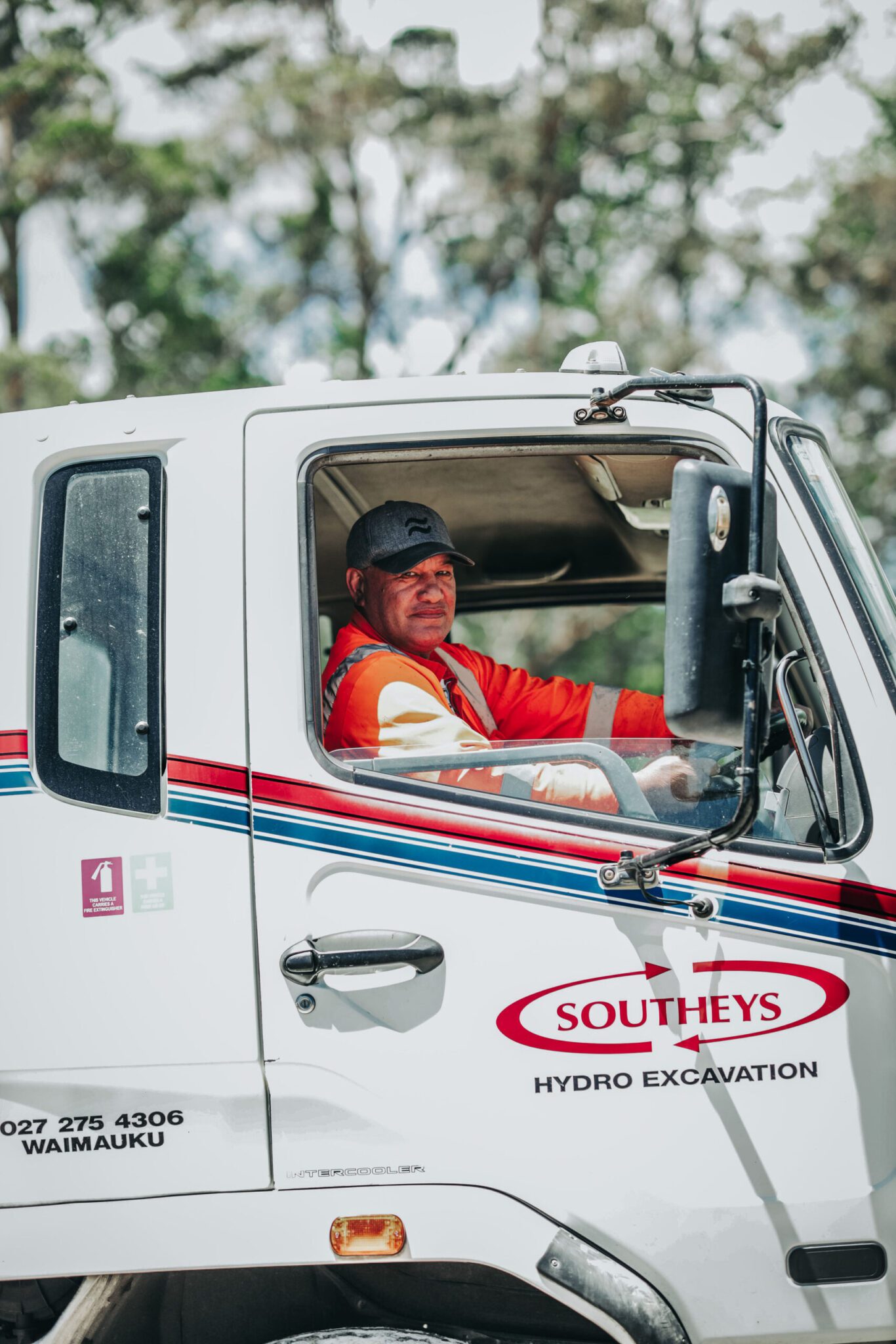NZTA have provided the following guidance for transport operators on upcoming changes to how heavy vehicles are screened for RUC compliance.
Why we’re changing our approach
Right now, the way NZTA approaches screening heavy vehicles for Road User Charge (RUC) non-compliance does not allow us to easily find or target operators who are overloaded. This has a significant impact on road damage, maintenance, and unrecovered RUC.
We’re changing the way we regulate, moving toward a more targeted approach to education and enforcement.
This is to level the playing field for industry and make sure that everyone is paying their fair share of road maintenance costs.
What to expect
From 30 September 2024 NZTA started using the data collected from weigh-in-motion scales at their commercial vehicle safety centres (CVSCs) to assess heavy vehicles for RUC non-compliance. This includes weight non-compliance, and incorrect RUC type.
For a short time, NZTA will let you know if these assessments find your weight to be non-compliant instead of issuing an invoice.
NZTA are taking the time to ensure these assessments are accurate. They will let you know in advance when they intend to issue invoices from these assessments. This data will still be used for their audit and enforcement work.
They will be setting up calls for later this month to talk about the future state of this work, and to give you a more detailed timeline.
Information on the invoicing process is on the NZTA website and will be regularly updated.
The RUC assessments process
You will still be able to apply for a review of their invoicing through the same process of current RUC assessments.
You will need to be able to provide evidence NZTA data is incorrect, such as your own vehicle records from the time NZTA assessed your vehicle weight.
If you have a verified weight for that particular trip, NZTA will include that in the in the RUC review process. If you have satisfactory evidence, claims that NZTA made will be adjusted or cancelled.
You’ll only need to provide information on the instance that is captured on the WIM and is relevant to the WIM data. You won’t not have to provide all weight information of the RUC licence period. However, NZTA may request additional information to support the review process.
You must challenge NZTA findings within 20 days of the invoice being issued. If you cannot meet this deadline contact NZTA as soon as you can.
Operational detail
If the vehicle was used by a third party
NZTA will issue the invoice to the person the vehicle is registered to. If a third party was responsible for noncompliance, it’s the responsibility of the registered person to organise payment.
If a B-Train is being broken down to a smaller combination
A B-Train broken being down to a smaller combination won’t impact you unless you’re on a discounted RUC Rate, cheaper than standard.
Cheaper RUC Rates require the operator to use specific combinations.
If the combination (B-Train or other types) is regularly broken down, you should stick to the standard RUC rates and use our RUC Type Change process to ensure they are on the correct RUC Type at all times.
If there is no higher available RUC type
There are RUC Rates that are higher than those available to the general public. These are only available for assessment purposes when there are extreme cases of non-compliance.
If a vehicle or combination was captured at a weight that’s higher than the special assessment rate, an invoice will not be issued by default. NZTA will manually verify if the weight is correct and is the vehicle/combination is likely operating on a high over dimension permit.
You should check the type of RUC Rates available to you: H type and Additional.
If you’re on a weight that exceeds everything NZTA have, and NZTA have verified that the weight is correct, NZTA would use the highest rate available when issuing an assessment.
How NZTA will identify the combination of the vehicle/ How we’ll identify lift axels and RUC type
Automatic Number Plate Recognition will identify the truck. The combination is confirmed by the speed and axle count before the comparison is made to RUC payment and licencing.
Vehicle RUC type is determined by factors such as weight, axle grouping, and total number of axles in contact with the road. For vehicles fitted with a retractable axle, the axle won’t be counted by the on-road sensor when lifted. However, axles must be lowered when laden.
If a vehicle is unladen, falls into a known vehicle type that has retractable axles, and has paid sufficient RUC for the vehicle as if the axle had been counted, then no invoice will be issued.
If an invoice is issued for an unladen vehicle that you believe is incorrect due to a retractable axle, it can be disputed through the review process. The outcome will be used for continuous improvement.
If operators have any concerns about a vehicle fitted with a retractable axle they should contact NZTA.
Impact on permit renewals
Unpaid RUC may become a factor in permit applications and renewals during the operator check.
Assessments based on additional licences
Make sure you buy and appropriate additional licence ahead of your trip, these will then not be picked up in NZTA assessments.
Identifying the invoice
The invoice will look similar to existing ones. NZTA will attach a calculation sheet showing how the invoice was reached. This’ll include travel details for example, date, time, and direction of travel.





